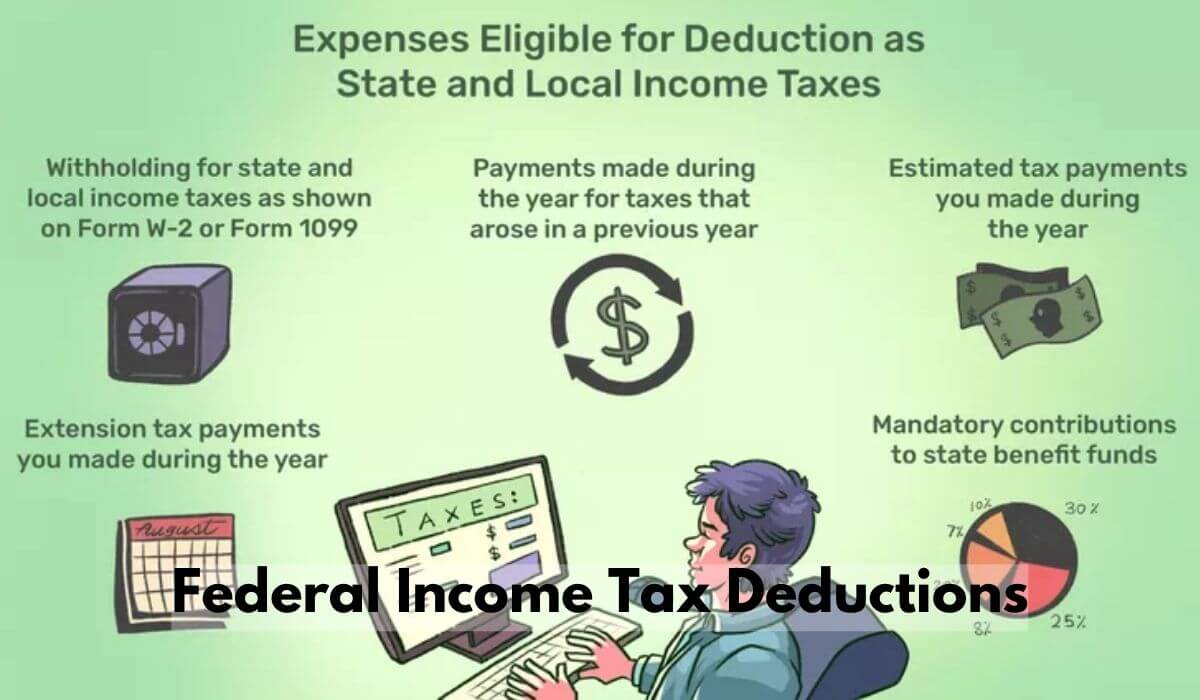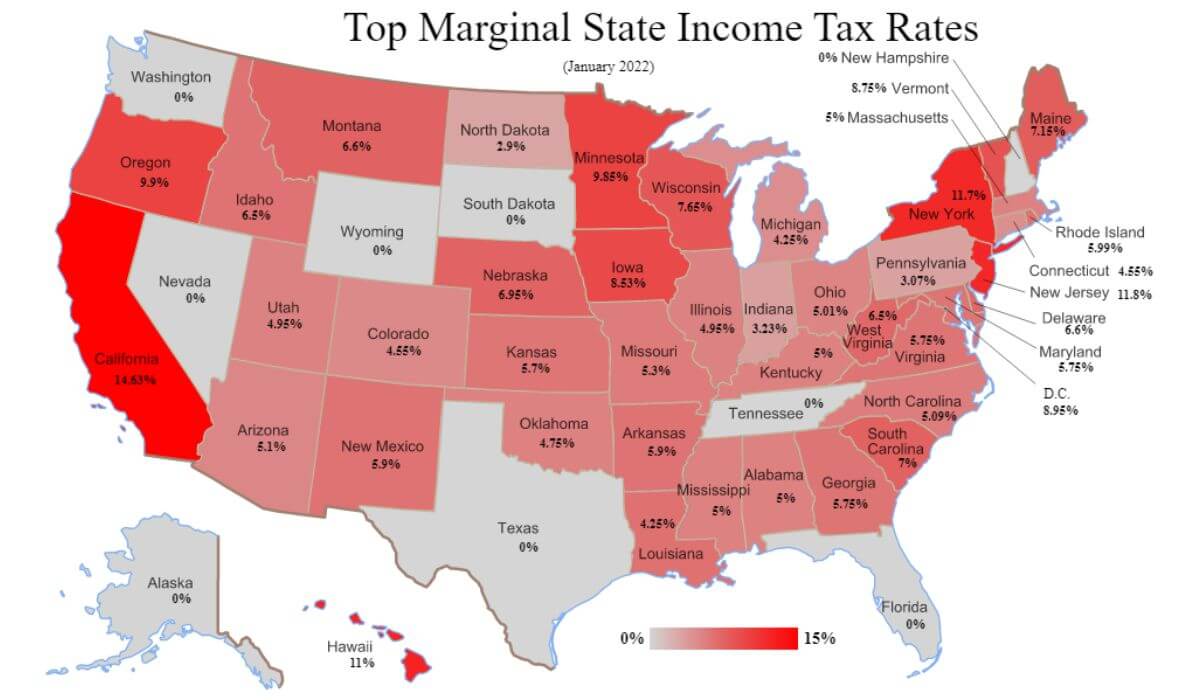What is Health Plan Value on Pay Stub
A pay stub includes details of financial activities in a pay period, including taxes paid, deductions for health plans, gross wages, commissions, etc. The health plan includes the employee and employer’s contributions to health and medical expenses.
According to the Fair Labor Standards Act (FLSA), employers must also record the health benefits added to an employee's pay. Common health contributions include social security taxes, Medicare wages, health savings accounts, and retirement plans.
It's important to know the key elements of a pay stub, especially the health plan value, and other contributions, to stay aware of your finances. This article will give you deeper insights. So let's dive in!
What Are Health Plan Contributions?

There are many forms of health plan contributions. The most common form is the benefit added to the employee's pay. The employer contributes to the employees’ health plan value and adds a percentage of medical incentive to their health savings account.
However, there are other forms of health contributions, including:
- Social security tax
- Medicare wages
- Health savings account
- Retirement plan
The primary role of a health savings account is to give employees benefits when they retire. This one counts in the retirement plans. The health benefit is saved under a separate section in the pay stub, known as deductions.
Applying for a 401(k) or health savings account is optional, which means employees can opt for other benefits in the same amount. But many employees go for the health care package. Using that amount, employees can avail of private health care services.
The health plan comes under taxable wages because, at every pay period, employers withhold some amount from the employee's paycheck. So, you must know the gross income and taxable income to fully understand a pay stub.
What Is ER Health Abbreviation on a Pay Stub
Taxable Wages Calculation
A pay stub shows pre-tax deductions in the Gross Earnings section, which includes a source of income. You might also receive dividends or interests based on other resources. These are also added to the gross income directly. A pay stub generator can provide an accurate tax statement.
Now, you must know about taxable wages and their imposed withholdings.
Taxable Wages
That's the money paid to the employees having some deductions imposed on it. In other words, taxable wages are incurred with an inevitable withholding. Every employee must pay this tax liability according to their income.
For the employees' convenience and to fight corruption, employers deduct a calculated amount from the gross income. The federal government passes a bill on how much tax liability should be incurred on particular income brackets.
The federal income tax is unchanged from 2022 to 2023. However, you will find minor inflation-related changes in the income brackets. Internal Revenue Service (IRS) regulates and collects federal taxes from employees. Employers register their companies and employees with the IRS to update the federal income taxes.
Almost every citizen of the US is eligible to pay federal taxes under a particular annual income bracket. Even if someone is not eligible, they should file to get their money back.
Following are the examples of a taxable wage:
The list does have more elements that are subject to taxation. You will find deductions and net pay when all the taxes withheld are deducted from the gross taxable wages.
- Hourly pay
- Monthly income
- Commission
- Bonus
- Severance pay
Federal Income Tax Deductions

Federal taxes are imposed by the Internal Revenue Service (IRS) on individuals, companies, organizations, and trusts. The federal income tax withholding is deducted based on annual earnings.
For example, if an employee earns $50,000 a year, the IRS will levy tax withholding on that employee by a percentage of their annual earnings.
However, employers avoid burdening their employees with such heavy taxes at the year's end. Instead, they write federal taxable wages on the pay stub and deduct a small amount from their monthly gross wages.
That gives two advantages to the employees:
-
They don't have to be involved in the official formalities, which sometimes become time-consuming. Employers cater to federal and state taxes.
-
They keep tracking the tax deductions on the pay stub every month and plan their budget accordingly.
Providing a pay stub helps the employee to understand pre-tax deductions and analyze the taxable income. Employers also provide an IRS form to the employees for several taxes and financial activities with the Internal Revenue Service.
IRS Form
There are over 10 IRS forms that serve different purposes. The most common is the 1040 and 2553 IRS forms to calculate the taxable wages and tax levied on the gross pay.
First, filers must analyze the Adjusted Gross Income (AGI) and claim the authority's adjustments (if any). Then, the employee can fill out the 1040 form and submit it to IRS for the annual income tax return.
State Income Tax Deductions

State income tax is similar to federal taxes. The difference is withholdings from the taxable income go into the state budget rather than the federal government. There are three approaches states use to levy taxes on state wages:
-
No income tax withholding at all.
-
A flat income tax might be on dividends and interests at the same rate.
-
A progressive tax means people who earn higher taxable wages pay higher state taxes on the given rate.
States require employees and employers to file the state return only once annually. But you must file multiple state returns if you have multiple properties in different states or work in a state other than your permanent residence.
Remember that the minimum federal and state wages are different for employers. The federal minimum wage is $7.25, according to FLSA. Employees not covered by FLSA are paid $5.15 as the state minimum wage.
Deductions
The pay stub has a Deductions section with liabilities other than the tax withholding. You can check the pre-tax income in the gross wages column before moving on to the Deductions section.
Doing that will help you to calculate the pre-tax salary you earned and the payroll taxes levied on your pay stub.
The deductions might include the following in the pay stub:
- Social Security wages
- Medicare wages
- Disability insurance
- Group-term life insurance
The above taxes are different from the federal and state liabilities. These taxes can also come from either employer contributions or employees' pockets.
Social Security Tax
The security tax funds the Social Security wages and other relevant schemes. All employees, employers, and self-employed individuals must pay the Social Security tax.
This tax is equally divided between the employer and the employee, 6.2% for each, on a maximum Social Security wage base of $160,000 in 2023.
Medicare Tax
Medicare taxes are the health investments that fund the Medicare program. The main purpose of this program is to serve the elderly population, particularly 60+. This program also serves dialysis patients and disabled young ones.
According to Federal Insurance Contributions Act (FICA), the Medicare tax is paid by every working citizen of the US. Underprivileged citizens can avail of the benefit of this scheme. Medicare provides:
- Medical
- Hospital
- Surgical
Every employee contributes to Medicare by 1.45% of their gross wages. Employers also contribute to this tax by 1.45% on employees' behalf. Employees can benefit from a health savings account when they retire.
What Percentage Do Employers Pay to Health Insurance?

According to Kaiser Family Foundation (KKF), employers paid 83% of employees-only health plans and 73% of employees' family health insurance in 2023. The employees-only package costs $7,739, while the family plan costs $22,221 annually.
There's no standard for how much employer contributions go into the employees' health plan. Some employers contribute over 50% and deduct the remaining amount from the employees. At the same time, some employers pay only a small amount and deduct a big portion from the taxable income.
The pay stub has the tax statement, and you can easily check how many deductions were made to the health plan by the employers and employees.
FAQs
Does My W-2 Show How Much I Paid for Health Insurance?
Yes. The W-2 shows how much you paid for health in Box 12. According to the Affordable Care Act, employers must show the health plan, tax statement, and wages in the employee's W-2 form.
Is Health Insurance Included in Box 1 of W2?
Yes. Box 1 of the W-2 form includes year-to-date (YTD) pre-tax benefits like health care reimbursements and medical, dental, and vision insurance.
Which States Have No Income Tax?
Alaska, Nevada, Florida, Texas, Tennessee, South Dakota, Wyoming, and Washington don't levy an income tax. However, the property tax return might be higher in these states to stabilize the federal and state assets.
What Are Non-Taxable Wages?
Non-taxable wages are earnings other than employment. For example, death benefits, life insurance, alimony, inheritance, and child support are some types of non-taxable wages.
Final Thoughts on Health Plan Value on Pay Stub
Health plan on pay stubs is a key component that employees must understand. Some companies provide employer-sponsored health insurance in which employees can pay medical tax with the pre-tax money.
The Social Security and Medicare taxes also affect the gross wages on the pay stub. So, keep tracking your earnings and ensure you pay the right taxes in the health plans.
Kristen Larson is a payroll specialist with over 10 years of experience in the field. She received her Bachelor's degree in Business Administration from the University of Minnesota. Kristen has dedicated her career to helping organizations effectively manage their payroll processes with Real Check Stubs.

